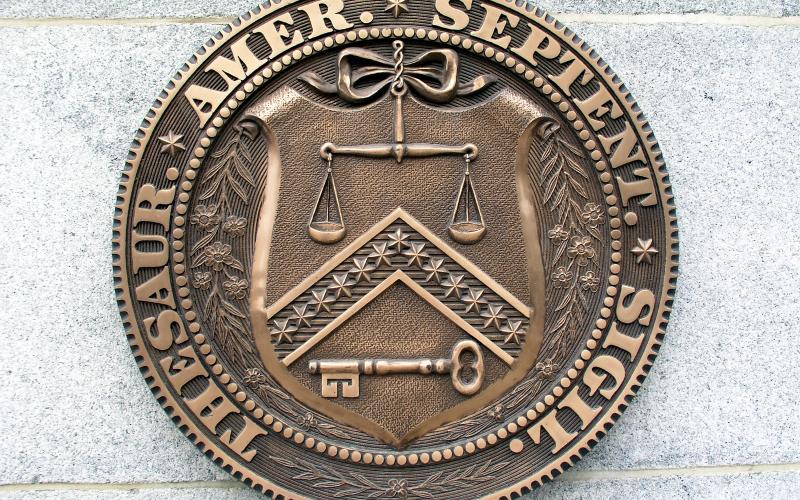
I want to provide you with a link to the new process of factual development and the approach to informal and formal claims while under audit at the IRS for the Large Business and International Division (LB&I). LB&I includes about 250,000 taxpayers with assets over $10,000,000. The link is to IRS Publication 5125 entitled “Large Business and International Examination Process”.
IRS managers have been trained in the new process. Employees will be going through training soon. It becomes officially effective for new examination plans May 1, 2016. To ensure proper understanding of the facts on any unagreed issues, both parties are to agree to the facts going to Appeals. Could this pose problems? Yes, it could. What if both parties do not agree on the facts? As a mediator I deal with this issue all the time. Each party has their own interpretation of the facts. I find this needs to be part of the mediation process. Both sides initially agree that there are two sides to an issue. Those are my side and the other’s side. In reality like a coin there are three sides (don’t forget about the edge of a coin) to an issue. The three sides are my side, your side and the truth. The question is how do we get to the truth? If one or both sides are not willing to be open to listening and understanding it may be impossible to get to the truth. That is where mediation comes in. So what about the new Publication 5125?
According to the publication, “If a case is closed to Appeals and the taxpayer provides relevant new information that requires investigation or additional analysis, the case will be returned to exam’s jurisdiction for consideration.” For this reason it is very important for the IRS and the taxpayer to identify what is agreed to as to the facts and for both sides to document where there is a disagreement relative to the facts for an unagreed case going to Appeals.
What about claims? The new process indicates that all informal claims must be presented to the IRS within 30 days of the opening conference. What if claims are identified thereafter?
According to the publication “After the 30-day window, claims for refund for issues not identified for examination must be filed using Form 1120X, Form 1040X or Form 843 as required by Treasury Regulations. In limited circumstances exceptions to the formal claims process may be granted by LB&I senior management. Netting of claims does not preclude the requirement for filing a formal claim for refund.”
This is going to offer some interesting challenges both to the taxpayer and the IRS. The verdict is not out yet on how this will unfold for unagreed cases and this remains to be seen. For the cases with excellent relations between the IRS and the taxpayer, there should no issues. Where there is a breakdown in trust resulting in communication issues during the audit, there could be some concerns.
For now, my advice is to be aware of the new procedures when working with the IRS and do your best to work with the IRS, but go in with your eyes wide open relative to these new procedures.
